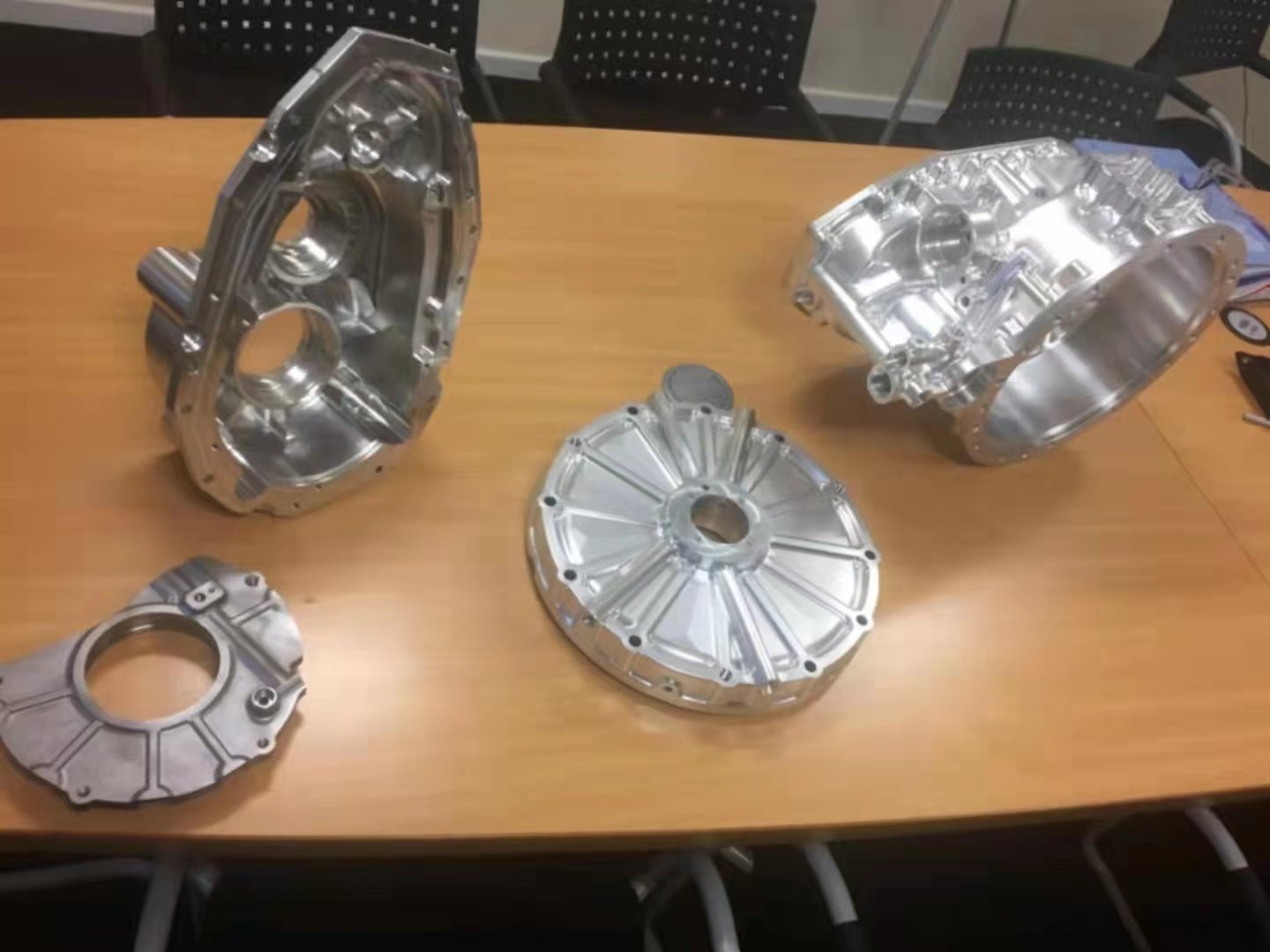
In the world of modern manufacturing, there is often confusion between two of the most cutting-edge technologies: 3D printing and professional CNC machining services. Jupaicnc, a leader in the CNC machining field, understands the nuances of both processes and the applications where each excels. While 3D printing is often celebrated for its versatility in creating complex shapes with minimal setup time, professional CNC machining has long been the gold standard in producing precise, high-quality parts from a range of materials. As industries continue to evolve, understanding the differences between these two technologies is essential for businesses seeking optimal production solutions. Jupaicnc’s expertise in CNC machining enables companies to make informed decisions about the best technology for their needs.
The difference between 3D printing and CNC machining starts with the materials they use. 3D printing relies on additive manufacturing, where material is deposited layer by layer to form a part. This process can be applied to a variety of materials, including plastics, metals, and composites. However, it is often limited in terms of material properties, such as strength, durability, and finish. In contrast, professional CNC machining uses subtractive manufacturing, where a block of material is carved away using precision tools to create the desired part. This allows for the use of a broader range of high-performance materials, such as aluminum, steel, titanium, and more, which are often required in industries such as aerospace, automotive, and medical device manufacturing. CNC machining is especially advantageous when the part needs to meet stringent mechanical and thermal property requirements.
Another key difference lies in the precision and accuracy of the final product. 3D printing, while capable of achieving good accuracy for certain applications, often struggles to achieve the fine tolerances and surface finishes that CNC machining can provide. Jupaicnc’s professional CNC machining services are designed to deliver parts with exceptional dimensional accuracy, making it the preferred choice for industries where tight tolerances are critical. The ability to machine parts with such precision also translates to a smoother surface finish, which can be essential for components that require post-processing or integration into larger assemblies. While 3D printing may require additional steps to improve surface finish, CNC machining often eliminates this need entirely, saving both time and costs in the production process.
Furthermore, the speed of production can vary significantly between 3D printing and CNC machining. 3D printing has the advantage of faster prototyping, especially when creating complex geometries or low-volume parts. The setup time for 3D printing is minimal, and changes to the design can often be implemented quickly without the need for tooling modifications. However, when it comes to higher volumes, CNC machining outshines 3D printing. The production speed of CNC machines increases significantly once the initial setup is complete. Jupaicnc’s state-of-the-art CNC machines are capable of high-speed production for medium to large volumes, ensuring a faster turnaround time for businesses that need parts in bulk. While 3D printing can be effective for prototyping or small-batch production, CNC machining remains the go-to choice for high-volume manufacturing.
One factor that often determines the choice between 3D printing and CNC machining is the complexity of the part. 3D printing excels in creating highly intricate, organic, or customized geometries that may be difficult or impossible to achieve with traditional manufacturing methods. Components with complex internal structures, such as lattice designs or hollow sections, are often more efficiently produced through 3D printing. On the other hand, CNC machining can handle a wide variety of complex shapes but generally requires careful planning and tooling for more intricate features. Jupaicnc specializes in machining parts with complex geometries, offering precision and detail that cannot always be replicated through additive manufacturing. While 3D printing offers greater flexibility in design, CNC machining remains a superior option when durability and precise execution are paramount.
Cost is another crucial consideration when choosing between 3D printing and CNC machining. 3D printing can be a cost-effective solution for low-volume production, especially when parts do not require high material strength or intricate finishes. The lower cost of setup and tooling makes it an attractive option for prototyping and small-scale runs. However, for larger production runs, CNC machining is often more economical. The initial setup costs for CNC machining may be higher due to tooling and machine setup, but once the setup is complete, the per-part cost decreases significantly with increased production volumes. For companies like Jupaicnc, which offer both low and high-volume CNC machining services, this makes CNC machining a more scalable option for businesses looking to reduce production costs as demand increases.
While both 3D printing and CNC machining have their merits, the decision ultimately depends on the specific requirements of the project. Companies like Jupaicnc are adept at helping businesses navigate the complexities of manufacturing, offering both additive and subtractive processes tailored to individual needs. Jupaicnc’s CNC machining services are especially suited for industries requiring high precision, material strength, and large-scale production. While 3D printing may still hold a place for rapid prototyping and complex geometries, professional CNC machining is often the preferred choice for high-quality, high-volume parts that demand exceptional performance and durability.

